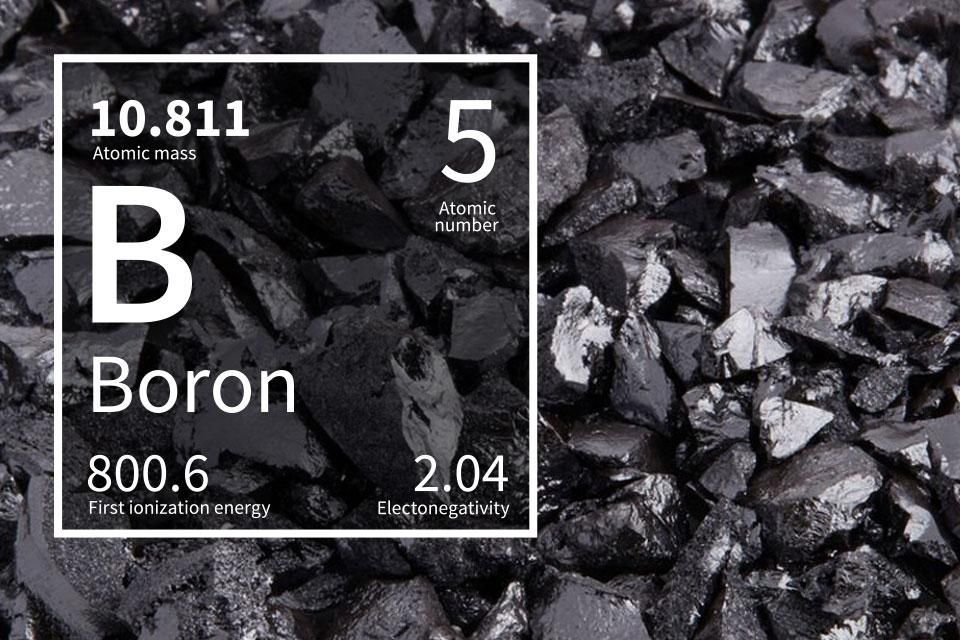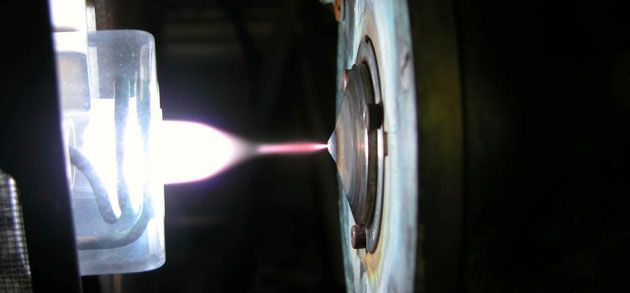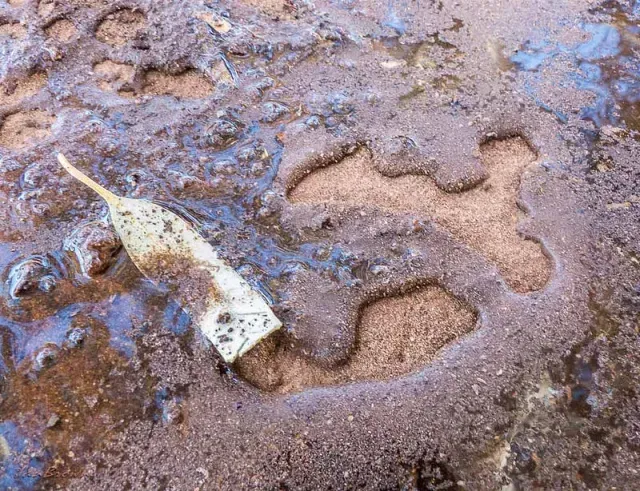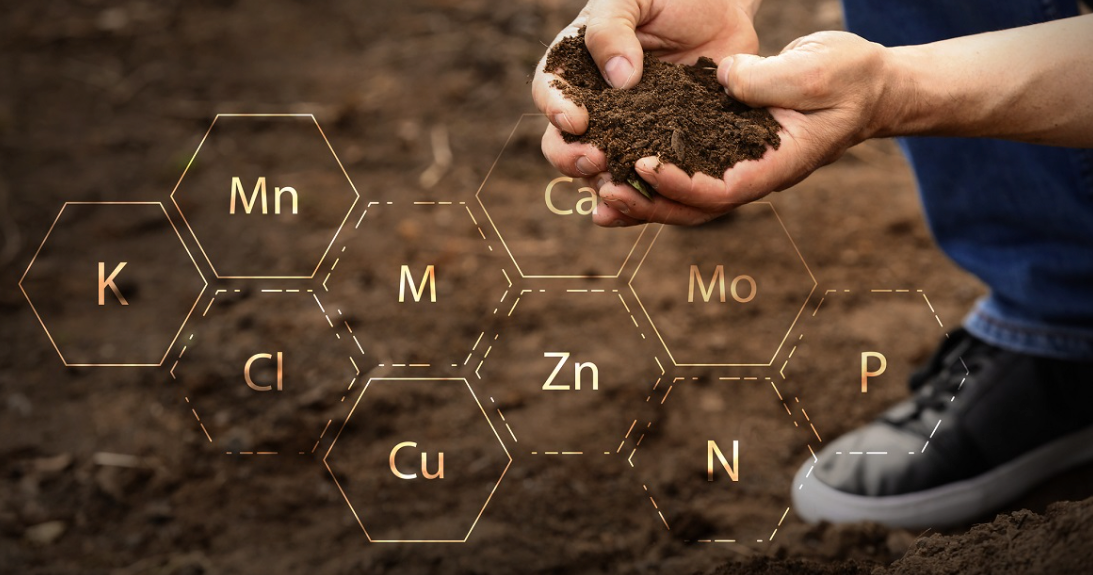The Hidden Chemistry Crisis
Water Quality Challenges for Western Australian Farmers
Western Australia's agricultural sector faces a complex web of water-related challenges that extend far beyond simple availability. While media attention often focuses on drought and water scarcity, the underlying chemistry of available water sources poses equally significant threats to crop productivity, machinery longevity, and farm profitability. For WA farmers, understanding and addressing water quality issues has become as critical as securing adequate supply.
The Chemical Landscape of WA's Water Crisis
A changing climate and increased competition for scarce water resources means the Western Australian agriculture sector must adapt to reduced water availability, but this adaptation requires more than just finding new sources. The chemical composition of available water—particularly salinity levels, pH, and dissolved minerals—directly impacts agricultural outcomes in ways that traditional water management approaches often overlook.
More than one million hectares of broadacre farmland in Western Australia is estimated to be affected by dryland salinity, creating a cascading effect on water quality throughout the agricultural landscape. This salinity doesn't just affect soil; it fundamentally alters the chemistry of irrigation water, groundwater, and surface water sources that farmers depend on.
The Crop Connection: When Water Chemistry Determines Harvest Success
Irrigating crops with saline water can result in yield loss and decreased quality, but the mechanisms behind these losses are complex and often misunderstood. The impact isn't simply about salt concentration—it's about the specific ionic composition, the ratio of different dissolved minerals, and how these interact with soil chemistry and plant physiology.
Salinity is usually noticed when plants grow poorly and yields of farm crops and pastures are reduced by more than 25–30%, yet by the time visible symptoms appear, significant economic damage has already occurred. Different crops exhibit varying tolerance levels to specific ions, meaning that water suitable for one crop may be completely unsuitable for another growing in the same paddock.
The electrochemical balance of irrigation water affects nutrient uptake, osmotic pressure within plant cells, and soil structure. High sodium levels can cause soil dispersion, reducing infiltration rates and creating anaerobic conditions that stress plant roots. Meanwhile, elevated levels of boron, chloride, or other trace elements can accumulate in plant tissues, causing toxicity symptoms that mimic nutrient deficiencies.
Machinery Under Attack: The Corrosive Cost of Poor Water Quality
The agricultural machinery crisis extends beyond crop impacts. High levels of salinity in water and soil may cause: corrosion of machinery and infrastructure such as fences, roads and bridges, creating a hidden cost that can devastate farm economics. Spray equipment, irrigation systems, and processing machinery all suffer accelerated wear when exposed to chemically aggressive water.
Spray nozzles clog with mineral deposits, pumps fail prematurely due to corrosion, and precision application systems lose accuracy as internal components degrade. The replacement cost of machinery damaged by poor water quality often exceeds the immediate crop losses, yet these expenses are rarely attributed to water chemistry issues.
Moreover, the effectiveness of agricultural chemicals—fertilisers, pesticides, and adjuvants—depends heavily on water quality. Hard water can precipitate active ingredients, reducing efficacy and potentially creating phytotoxic combinations. pH extremes can alter the chemical stability of spray solutions, while high dissolved solids can interfere with uptake and translocation of applied chemicals.
The Invisible Threat: Complex Chemical Interactions
Water quality issues in agriculture aren't limited to salinity. Heavy metals leached from mining operations, organic compounds from industrial activities, and naturally occurring elements like arsenic or fluoride can accumulate in water sources. Water quality for livestock in Western Australia is most affected by water salinity, and the presence of water contaminants such as blue-green algae, organic material, heavy metals and chemicals.
These contaminants don't act in isolation. They interact with each other and with soil chemistry to create complex scenarios where standard water quality guidelines may not adequately predict agricultural outcomes. For example, the presence of organic matter can chelate metal ions, altering their bioavailability and toxicity. Similarly, pH variations can dramatically change the solubility and mobility of different contaminants.
The Analytical Solution: Precision Chemistry for Precision Agriculture
Addressing these challenges requires moving beyond basic water testing to comprehensive chemical analysis. Traditional field testing kits that measure electrical conductivity or pH provide only a superficial understanding of water chemistry. Modern analytical techniques—including ICP-MS for trace element analysis, ICP-OES for major ions, and FTIR for organic compound identification—can provide the detailed chemical fingerprinting necessary for effective water management.
This analytical approach enables farmers to:
- Identify specific problematic ions rather than just measuring total dissolved solids
- Detect trace contaminants that could accumulate over time
- Understand the chemical compatibility between different water sources
- Predict potential interactions between water chemistry and planned chemical applications
- Develop targeted treatment strategies based on specific chemical constituents
Towards Customised Water Management Solutions
The complexity of water chemistry challenges demands equally sophisticated solutions. Rather than accepting poor water quality as an inevitable constraint, farmers can work with analytical laboratories to develop customised management strategies.
These might include:
Targeted Treatment Systems: Based on detailed chemical analysis, specific ion exchange resins, reverse osmosis configurations, or chemical precipitation systems can be designed to address particular water quality issues while maintaining cost-effectiveness.
Blending Strategies: Understanding the chemistry of different water sources allows for strategic blending to achieve optimal ionic ratios for specific crops or applications.
Temporal Management: Seasonal variations in water chemistry can be tracked and managed through timing of applications and adjustments to chemical programs.
Integrated Monitoring: Continuous monitoring of key chemical parameters allows for real-time adjustments to irrigation and chemical application strategies.
The Economic Imperative
DPIRD estimates of current and projected land affected by dryland salinity in South West WA are said to be at least $344 million per year in the period 2003–04 to 2008–09, and $519 million per year in the period 2009–10 to 2013–14, demonstrating the enormous economic stakes involved. However, these figures likely underestimate the true cost by not accounting for machinery damage, reduced chemical efficacy, and the long-term degradation of agricultural productivity.
Investing in comprehensive water analysis and customised treatment solutions represents a strategic approach to protecting both immediate crop yields and long-term farm viability. The cost of detailed chemical analysis pales in comparison to the potential losses from continued use of chemically unsuitable water.
A Call for Chemical Literacy in Agriculture
The future of Western Australian agriculture depends on farmers, advisors, and policymakers developing a more sophisticated understanding of water chemistry. This means moving beyond traditional approaches that treat water as a simple resource to viewing it as a complex chemical system that requires careful management.
Agricultural extension services, research institutions, and commercial laboratories must collaborate to provide farmers with accessible, actionable information about their water chemistry. This includes not just testing services, but educational resources that help farmers understand the implications of their water quality data and make informed decisions about treatment and management strategies.
Conclusion: Chemistry as the Foundation of Sustainable Agriculture
The water quality challenges facing Western Australian farmers represent both a crisis and an opportunity. While the chemical complexity of these issues presents significant challenges, it also offers pathways to more precise, effective, and sustainable agricultural practices.
By embracing advanced analytical techniques and developing customised solutions based on detailed chemical understanding, farmers can transform water quality from a constraint into a managed resource. This approach not only protects immediate productivity but also builds resilience against future environmental challenges.
The message is clear: in an era of increasing environmental uncertainty and resource scarcity, chemical literacy isn't just an advantage—it's essential for survival. Farmers who invest in understanding and managing their water chemistry will be better positioned to thrive in Western Australia's challenging agricultural environment.
For Western Australian farmers ready to take control of their water quality challenges, comprehensive chemical analysis represents the first step toward developing customised solutions that protect both crops and equipment while optimising long-term farm productivity.











